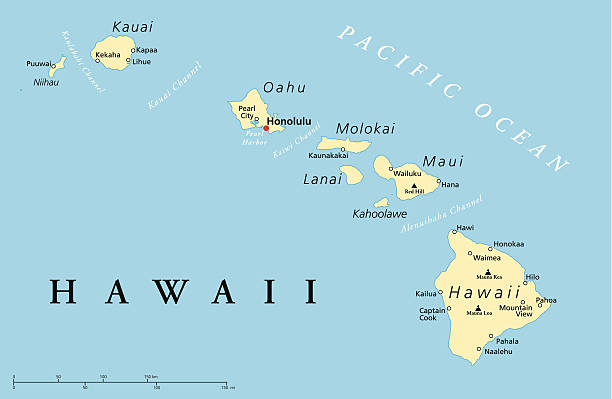Name the four layers of the Earth.
Crust, mantle, outer core, and inner core.
What causes an earthquake?
Two tectonic plates slip past each other, releasing tension in the form of energy.
This landform is formed by water carving through rock over thousands of years.
Canyon
Name the three main types of rocks.
Igneous, metamorphic, and sedimentary.
What is the name of a scientist who studies rocks?
A geologist
The Earth's crust is broken into pieces called...
Tectonic plates
Name the three types of plate boundaries.
Convergent, divergent, and transform.
True or False: Volcanoes can form anywhere on the planet.
False! Volcanoes typically only form on plate boundaries where subducted material melts and resurfaces.
What are the characteristics of minerals?
They are naturally-occurring, solid, homogeneous, and have a repeating crystalline structure.
Before performing an experiment, a good scientist makes a...
Hypothesis
When looking at a section of exposed rock, the oldest rock can be found at the...
Bottom. Rock layers are deposited from bottom to top, so the newest layers are on top, and the oldest layers are on the bottom.
True or False: in an earthquake, you should run and brace yourself in a doorway.
False! Doorways are no stronger than any other part of a home. It is safer to drop and cover.
True or False: the shape of a volcano depends on the consistency of its magma.
True. Thinner, more iron-rich magma makes shallow-sloped shield volcanoes. Thicker, more silica-rich magma makes steep, rocky composite volcanoes.
Is a rock like granite a mineral? Why or why not?
Rocks are made of minerals, but are not minerals by themselves. They are heterogeneous, not homogeneous.
Geographers use this tool to represent a 3D environment on a 2D map.
Topographic map (or contour lines)
Scientists can prove the theory of plate tectonics by looking for similar ______ located on different continents.
Fossils. Matching fossils on different continents shows that these continents were once conjoined millions of years ago.
What is a seismic shadow? What causes it?
An area on Earth's surface where seismic waves are not detected. It is caused by the liquid of the outer core stopping or deflecting the waves.
This kind of volcano has steep, rocky sides and forms when magma has a high silica content.
Composite volcano
Which of the following rocks is metamorphic?
A. Limestone
B. Obsidian
C. Gneiss
C. Gneiss
Scientists are encouraged to use this measurement system when recording data.
Metric system
Explain why there is an abundance of volcanoes and earthquakes around the Pacific Ring of Fire.
At these boundaries, oceanic crust subducts under continental crust. The oceanic crust melts and surfaces as lava in volcanoes, and the tension between the two plates creates earthquakes.
Look at the diagram below. Do all three earthquake monitoring stations feel the earthquake at the same time? Why or why not?
They do not, because the seismic waves travel at a set speed. The circles represent the amount of time it takes for both the S waves and P waves to reach each station.
All of the Hawaiian islands were formed through volcanic activity. However, only the islands of Hawaii and Maui have active volcanoes today. What happened to the other volcanoes?

The crust Hawaii sits on is drifting across a volcanic hot spot. Thousands of years ago, Nihau was an active volcano on top of the hot spot, then Kauai, then Oahu. As the crust moves, the hot spot creates new volcanoes which form new islands.
A geologist finds a sample of a white mineral with cubic cleavage. The mineral is somewhat opaque and does not react to acid. It tastes salty when licked. What is this mineral?
Halite (rock salt)
This group of Earth scientists was responsible for exploring some of the most important topics in the field of Earth science.
YOU!